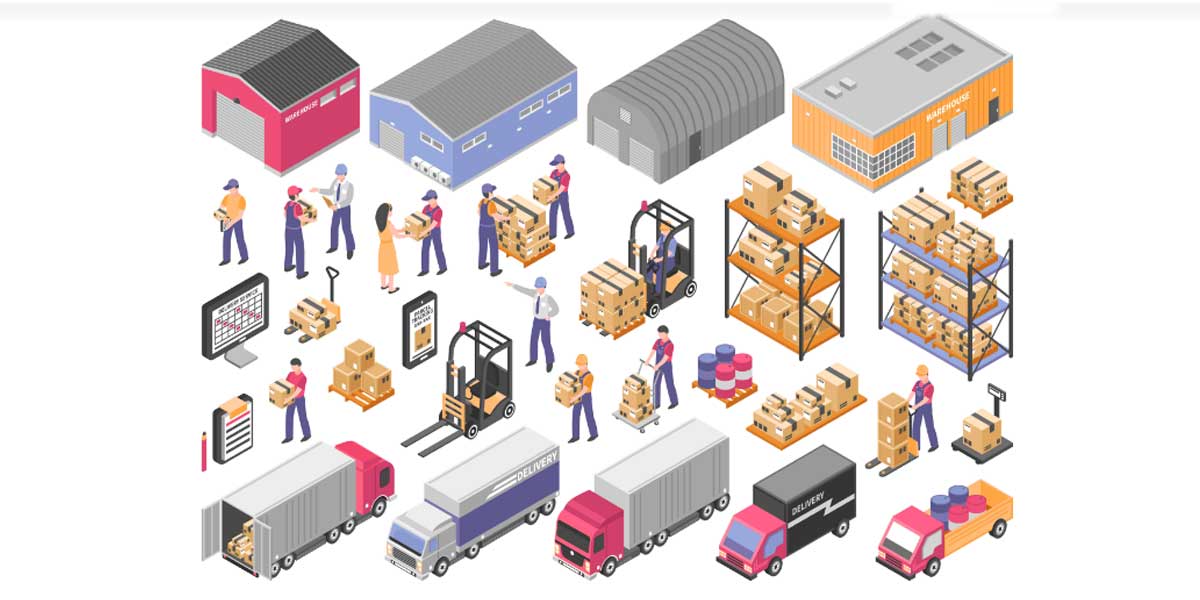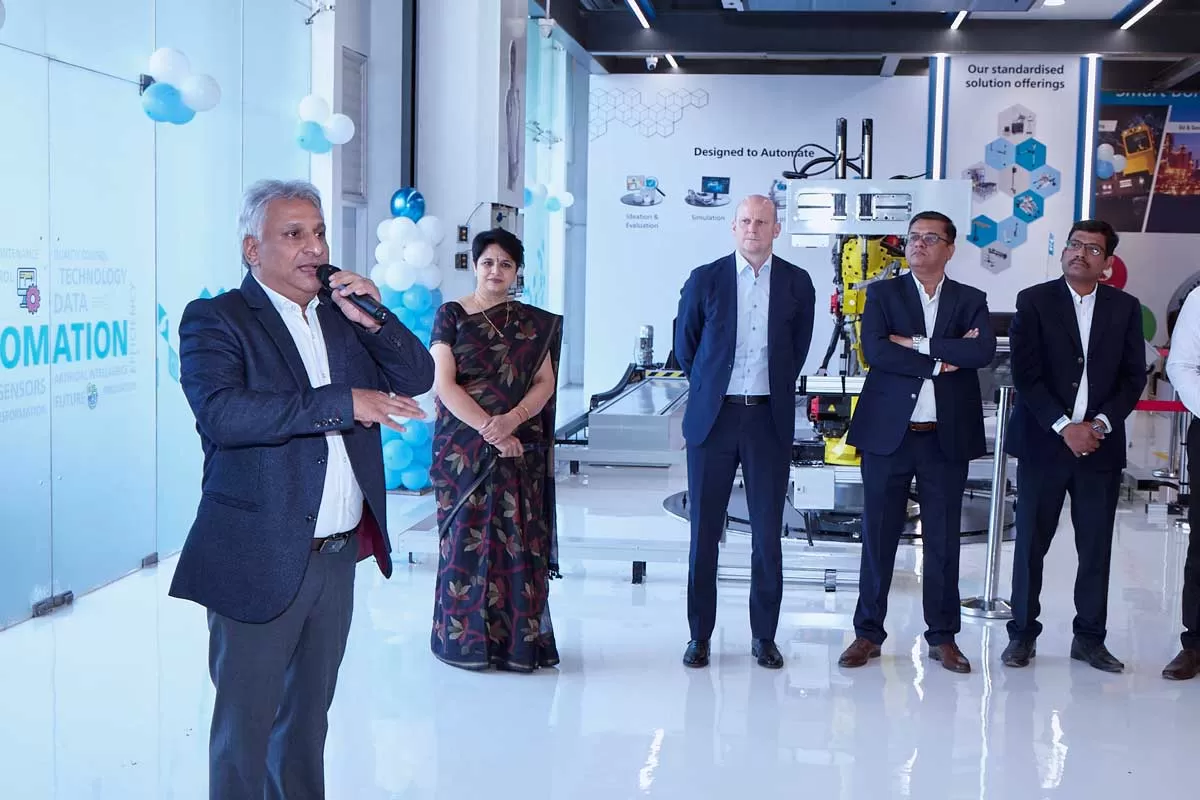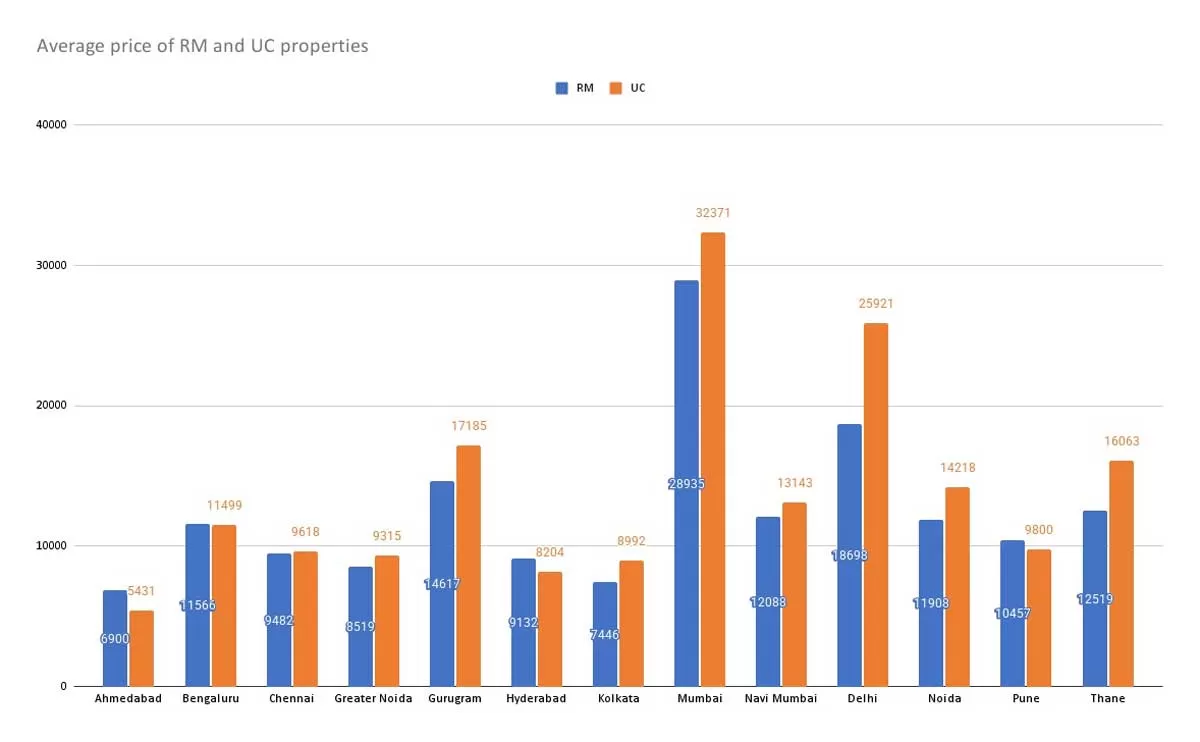As the Covid-19 vaccines were approved by many countries including India, cold chain and distribution logistics in general are in sharp focus. Especially a matter of concern in this high-growth period has been how agile the industry is and how resilient, says Aditya Vazirani, CEO, Robinsons Global Logistics Solutions.
The pandemic and the lockdown, which lasted for a major part of 2020, proved to be testing times for various businesses. The logistics and supply chain sector in India had a remarkable contribution in keeping the supply chain for essential items functional, even though with a few hurdles in the beginning.
Fuelled by numerous factors, including positive government policies, international trade environment, and possibilities for around India becoming one of the top manufacturing hubs in the world, the Indian logistics and warehousing landscape is set to become a strong supportive infrastructure pillar in the country’s growth narrative, post-Covid. As per a recent report by Arthur D Little India in collaboration with the CII, India’s logistics and supply chain costs currently amount to a staggering $400 billion, up to 14% of the GDP, compared to the global average of 8%, raising a competitiveness gap of approximately $180 billion.
Further, the challenges experienced by the sector during the pandemic have highlighted the urgent need for building a stronger and more relevant infrastructure that can not only withstand the unexpected disruptions of such a scale, but is also agile enough to help adapt and bounce back to efficiency almost immediately in the face of future conflicts.
Here are some of the key trends in the Indian logistics and supply chain sector that are set to dominate 2021:
Emphasis on cold supply chain: As per Indian Cold Chain Industry Outlook 2022 by Research and Markets, the Indian cold supply chain sector is set to grow at a CAGR of 17-18% till 2022 due to demand for cold storage, primarily driven by the pharma sector, especially the vaccine supply chain in early 2021, followed by requirements from seafood, meat and similar industries. While growth will be driven by introduction of a government-led Covid immunisation programme, the growing e-commerce market for FMCG, dairy, meat and fish, will also help propel the sector significantly, given the ongoing virus threat. At present, healthcare products hold a 3.6% share in the overall Indian cold chain market that is expected to grow around 6% by the end of 2021, as per International Market Analysis Research and Consulting Group services report.
Growth in 3PL and 4PL providers: As manufacturing grows, agility, speed and mobility are set to be the key goals in 2021 for a robust supply chain network and preference of 3 and 4PL service providers is going to set the tone for development. While manufacturing has been one of the early adopters of 3PL and 4PL service providers, other sectors are also likely to benefit soon from outsourcing their supply chain management to experts, so they could focus on rebuilding and strengthening their core businesses, especially in the aftermath of the pandemic. Further, the evolution of these service providers into key partners, offering expert, end-to-end solutions ranging from documentation, tracking, warehousing, legal compliance, and even kitting in some cases at competitive rates, has made them a lucrative choice for most businesses that are currently working on bouncing back from the financial crisis. The Indian 3PL market is expected to register a growth rate of over 11.5% during the forecast period of 2020-2025, with a strong focus on value-driven services that enhance customer satisfaction and delight.
Affordable road transport: Government of India plans to build a massive road network in the future, and emphasis will be given to develop infrastructure like Dedicated Freight Corridors (DFCs), container freight stations, and so on. India needs to come up with an intermodal and multimodal transport system to reduce the transportation and storage cost which in today’s time is relatively high. Unfortunately, current poor road infrastructure decreases the maximum distance that can be covered by the heavy transport vehicles on highways. To combat such challenges, Government of India has decided to cut down on the current logistics cost of India’s GDP in next two years with help of Ministries of Railways, Transport, Shipping and Aviation in order to achieve this goal.
Sustainable practices will be implemented: Green logistics is going to be the key aspect of the supply chain evolution in the year 2021. Sustainable practices have already become a norm amongst international logistics and supply chain players as well as businesses. They view green supply chains as a responsible and sometimes even a mandatory criterion when selecting a logistics partner. With the influx of international manufacturing and e-commerce players, the Indian green logistics and supply chain is set to get a boost, thanks to encouraging business opportunities for those adopting sustainable practices. Apart from protecting the environment and helping the society overall, sustainable practices are also becoming cost-effective—thanks to the fast paced evolution of technology in the sector—and are becoming instrumental in gaining consumer loyalty and endorsement for the socially and environmentally responsible millennial population.From adopting eco-friendly business models that follow environmentally conscious choices to e-commerce giants opting for zero-plastic packaging and reducing packaging waste through recycling, a more sophisticated use of solar panels for cold storage and temperature regulation, a gradual shift of electronic trucks for transportation, recycling waste and systematic disposal of the chemical and other harmful waste, and similar practices will soon become popular green practices among Indian logistics and supply chain players.
Adoption of technology: Technology adoption is another major trend that is set to make considerable impact on the sector. With businesses adopting the emerging technologies like artificial intelligence (AI), machine learning (ML), big data, and others, the supply chain industry is no exception to adopting automation in processes and operations. Embracing AI has only eased the making of processes more efficient, advantageous and dependable. Technology such as the Internet of Things (IoT) helps maintain a transparent supply chain network, in turn helping to bring visibility and build customer loyalty and trust. From modern WMS and Automated Guided Vehicles (AGV) to AI driven robotics and use of data analytics, technology adoption will be at the centre of the growth and development of the Indian logistics and supply chain sector in 2021.
Given the goals and growth opportunities envisioned by the government—from making India a global manufacturing hub to a focus on strengthening the local businesses with Atmanirbhar Bharat, Vocal for Local and Start Up India powered by a wide spread technology adoption—there is an urgent need to identify and address the existing vulnerabilities at the core of logistics and supply chain networks that are the backbone of a strong economy.
Author: Aditya Vazirani is CEO of Robinsons Global Logistics Solutions.
Image: Macrovector


















